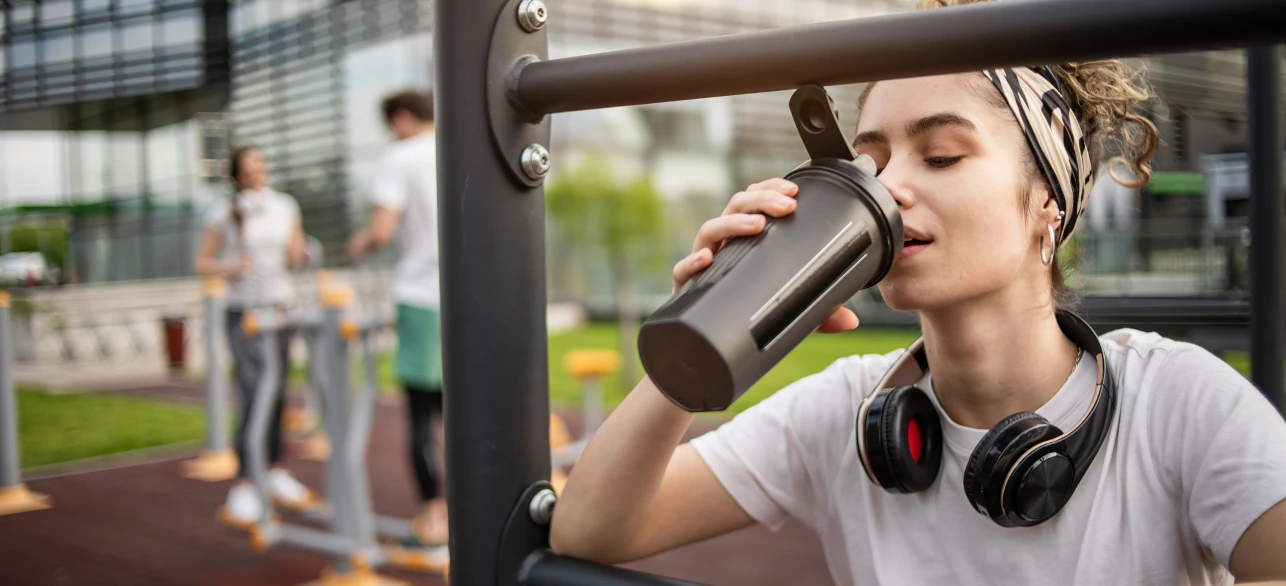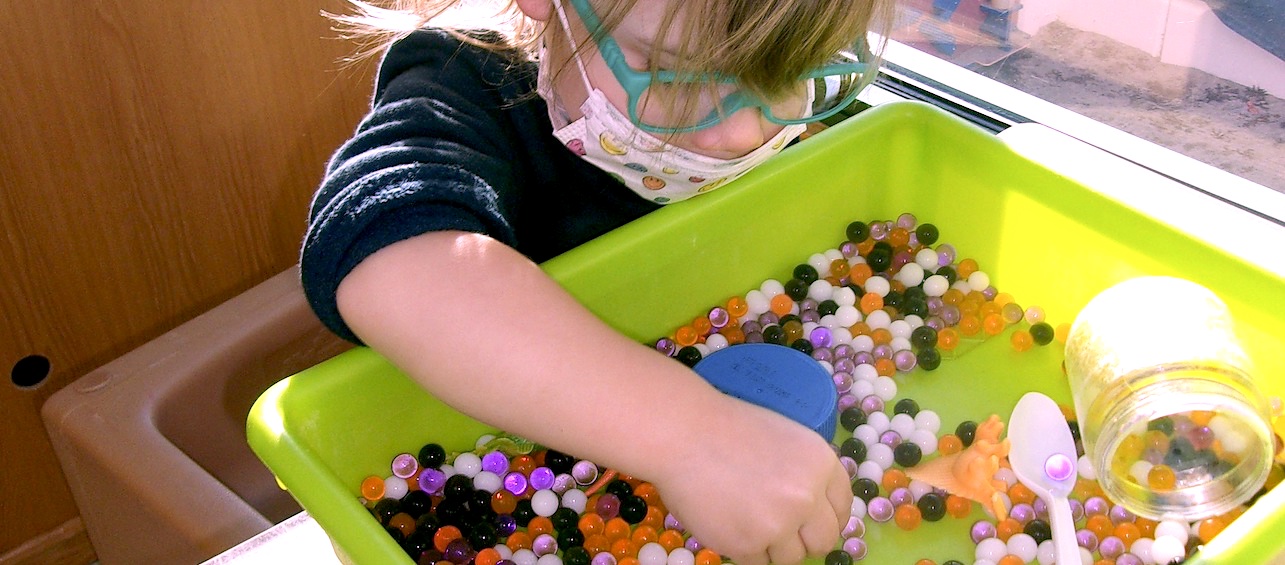As a parent of three teenagers, I know that it is natural to worry about the safety and wellbeing of our kids. Specifically, I worry about the challenges they may face as they begin making their own decisions.
Adolescents and young adults have a tremendous amount of stress in their lives. Schoolwork, sports, other extracurriculars, and part-time jobs all add up. For some, drug and alcohol use can be a way to cope with these life stressors, fit in with peers, feel older, or satisfy curiosity.
Because of this, I make a point to discuss drug and alcohol use with my kids. It’s important to understand what my teens’ risk factors are and to identify ways I can support them in making good decisions.
These steps are critical as drug and alcohol use can cause long-term effects on the brain and, even more so, as teen overdose deaths continue to rise across the United States.
As a nurse at the Drug and Poison Information Center, I have a particular interest in helping teens avoid drug and alcohol use. Here are my top suggestions for parents with teenagers.
TIPS TO HELP PREVENT TEEN DRUG AND ALCOHOL USE
1. KNOW WHAT SUBSTANCES TEENS ARE USING.
Educate yourself on the drugs teens are using and what they might be looking for at home or online.
- Common drugs teens use are prescription opioids (oxycodone, hydrocodone, morphine, methadone), illicit opioids (heroin), cocaine, depressants (such as Valium®, Ativan®), and stimulants (such as Adderall®, methamphetamine).
- Illicitly Manufactured Fentanyl (IMF) is widely available in the drug supply. IMF is a synthetic opioid that is put into other street drugs and has been identified in “fake pills” that may look like a prescription pain medication, or even candy. Most recently, you may have heard of Rainbow Fentanyl, which are brightly colored tablets that contain IMF. A very small amount of fentanyl can be deadly, and it is undetectable to the naked eye. Taking any amount of a drug contaminated with or containing fentanyl can have deadly risks.
- Teens may have access to alcohol at parties or from older friends or family members. Many also get alcohol from their own homes.
2. PROPERLY STORE AND DISPOSE OF UNUSED AND EXPIRED MEDICATIONS.
If someone in your home is chronically ill or needs pain medications that are associated with substance use, it’s important to keep these medications away from children and teens. Storing all medication in a locked cabinet, including over-the-counter drugs, is a good idea for everyone. This precaution is especially important if someone is at high risk for drug use or suicide.
If someone living in your home has had surgery recently, it’s likely that they were prescribed pain medications. Discard any leftover pain medications once they are no longer needed to keep them out of the house. Additionally, make sure to discard of expired prescriptions. The best way to get rid of unused medications is through a DEA collection site/pharmaceutical disposal location.
3. KNOW THE RISK FACTORS AND WARNING SIGNS OF INTENTIONAL OVERDOSE AND SUICIDE.
It’s important to familiarize yourself with the risk factors and warning signs of suicide, so that you know what to look for. Here are some recent statistics about intentional drug overdose deaths from the Centers for Disease Control and Prevention (CDC) and National Poison Data System:
- In 2020, suicide was the second leading cause of death among persons aged 10–14 years and the third leading cause among those aged 15–24 years.
- In 2021, suicide attempts by self-poisoning went up across all age ranges from 10-19 years old, including:
- A 30% increase in those ages 10-19
- A 73% increase in those ages 10-12
- A 49% increase in those ages 13-15
- Substances most frequently involved in overdoses were acetaminophen, ibuprofen, sertraline, fluoxetine, and diphenhydramine.
4. UNDERSTAND THE RISKS OF UNINTENTIONAL OVERDOSE FROM SUBSTANCE USE AND WHAT TO DO AS A BYSTANDER.
Unintentional overdose may occur when substances or alcohol are used recreationally. In these situations, the person is not intending to overdose, however, they may be exposed to a fatal amount of substances unknowingly. This is especially prevalent as Illicitly Manufactured Fentanyl has become more common in the drug supply. Fatal unintentional overdose risk among teens has also more recently increased because of how easy it is to purchase pills over social media.
Some witnesses do not respond when someone overdoses. According to the CDC, two-thirds of adolescents who died of an overdose had one or more potential bystanders present, but most provided no overdose response.
- Both adults and adolescents should know what to do if you are a witness to an overdose. This is an emergency situation: Call 911.
- Naloxone is a medication that can be used to reverse an opioid overdose. For more information on what naloxone is and how to use it, visit the CDC website.
5. IMPLEMENT PROTECTIVE FACTORS.
Protective factors can help reduce the effects of stressful life situations for anyone, including your teen. Some individual protective factors include good coping and problem-solving skills as well as well-balanced and appropriate engagement in school activities, peers, athletics, employment, and culture.
Families can play a role by offering structure, limits, monitoring, and predictability. Your teen’s peers and community members can help shape your teen’s positive norms as well as their physical and psychological safety.
6. TALK TO YOUR TEENS ABOUT DRUG AND ALCOHOL USE.
Although this tip may seem obvious, it’s important to mention the benefits of talking with your teens. Routine conversations about drug and alcohol use can make a huge impact. I like to check in with my kids to see what their stressors are and come up with solutions together. I also review the dangers of drug and alcohol use and how quick and easy it is to become addicted and/or overdose.
In summary, these simple steps could save lives:
- Educate adolescents about the dangers of IMFs and counterfeit pills.
- Properly store and dispose of unused medications.
- Understand the risk factors and warning signs of intentional overdose and suicide.
- Teach your teens what to do in case of an emergency.
- Have a conversation with your kids about avoiding any drugs, unless they are prescribed by a physician.
Together, we can implement effective intervention strategies to help prevent underage drug and alcohol use.
If you have any questions about drug or alcohol use, please call the Drug and Poison Information Center at 1-800-222-1222.






This is a great advocacy for teenage alcohol abuse. We’re looking forward to more contents that can raise awareness regarding this issue. Thank you!